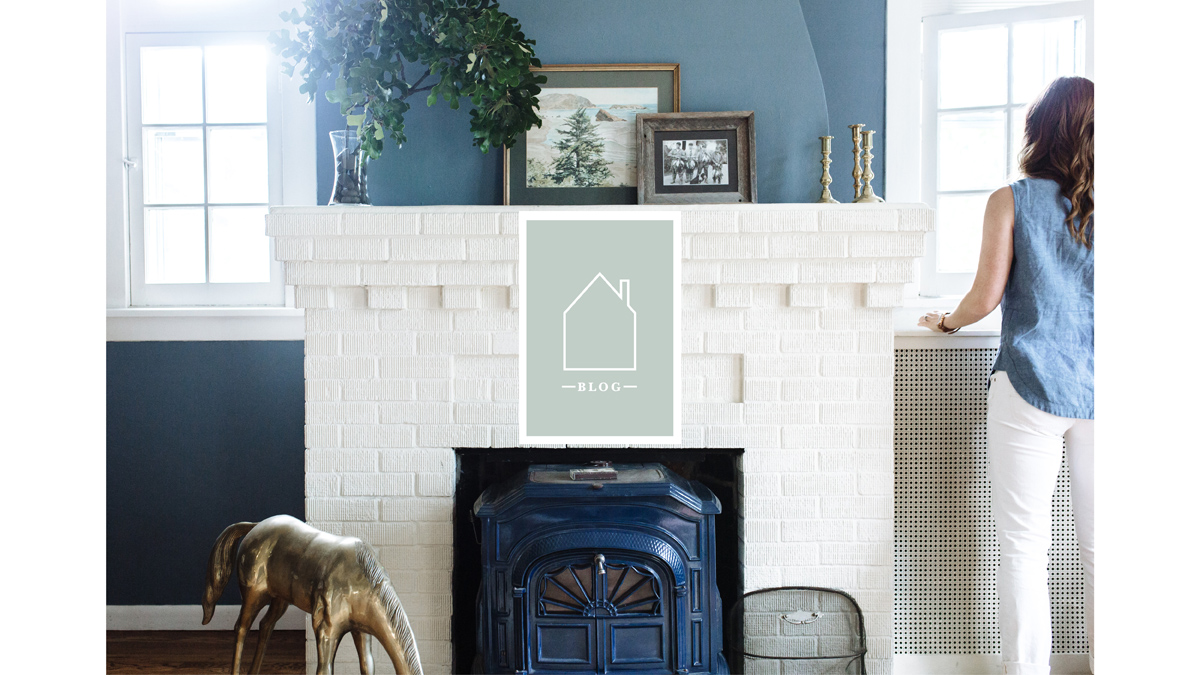Grilling and Smoking
Emily Oster
A few times a year, Jeff gets the desire/time to spend a whole day tending to the grill smoking some kind of meat. Completed culinary adventures have included pork butt, ribs, chicken and this past Memorial Weekend wild turkey . There is just something about the slow smokey cooking process that makes the meat so amazing. We also always try to use organic, locally raised products which makes a huge difference in terms of taste. So in honor of such deliciousness, I thought I would record the process and provide Jeff's instructions and tips for smoking meats.
Preparation|Wood Chips: The wood chips is what gives the process of smoking that distinct flavor and the type of wood determines that flavor. In this case, Jeff choose hickory but you can and we have used other fruit wood. The chips are prepared by soaking them in water for roughly 12 hours before grilling. This step is crucial as otherwise the chips will just flame up rather than create that scrumptious smoke.
Preparation|Grill: The process of smoking is done by providing indirect heat over a long period of time (think cooking something in the oven at a very low temperature for a very long time). For most meats, this means a grill temperature somewhere between 200 and 250 degrees fahrenheit. To achieve and maintain this low temperature, Jeff (using his standard weber charcoal grill) separated the coals into two baskets - one on each side. In between the baskets, he placed a drip pane filled with water to help keep moisture in the grill. Once the fire had reached its desired temperature, he placed the wood chips directly on top of the coals.
Preparation|Meat: There are many ways you can prepare your meat for smoking and it is completely dependent on what type of meat you are using. In this case, we had wild turkey breast harvested in the spring. Because wild game tends to be a little tougher (the animals actually move and build muscle), Jeff brined the turkey overnight in a standard brine of water, salt and sugar. He also added fat to these lean cuts of meat by wrapping them in bacon.
Smoking: Obviously the next step is to get the meat on the grill and close the lid. It is important that you monitor the temperature checking on it every couple of hours but are careful not to open the lid excessively as you will lose all that good smoke. Depending on your grill or smoker (and the outdoor temperature), you may need to refuel your fires a couple times throughout the process. For the weber, Jeff generally finds this is necessary every 3 or 4 hours. When refueling, don't forget to add more smoking wood.
Monitoring.....
Finishing: There are different rules of thumb on how long to smoke different pieces of meat but the easiest way to tell is to check the temperature of your meat with a meat thermometer. In this case, the turkey breasts were cooked for 5.5 hours.
Let us know if you have any questions! Or maybe tips that you use!
 asdfsdf
asdfsdf







